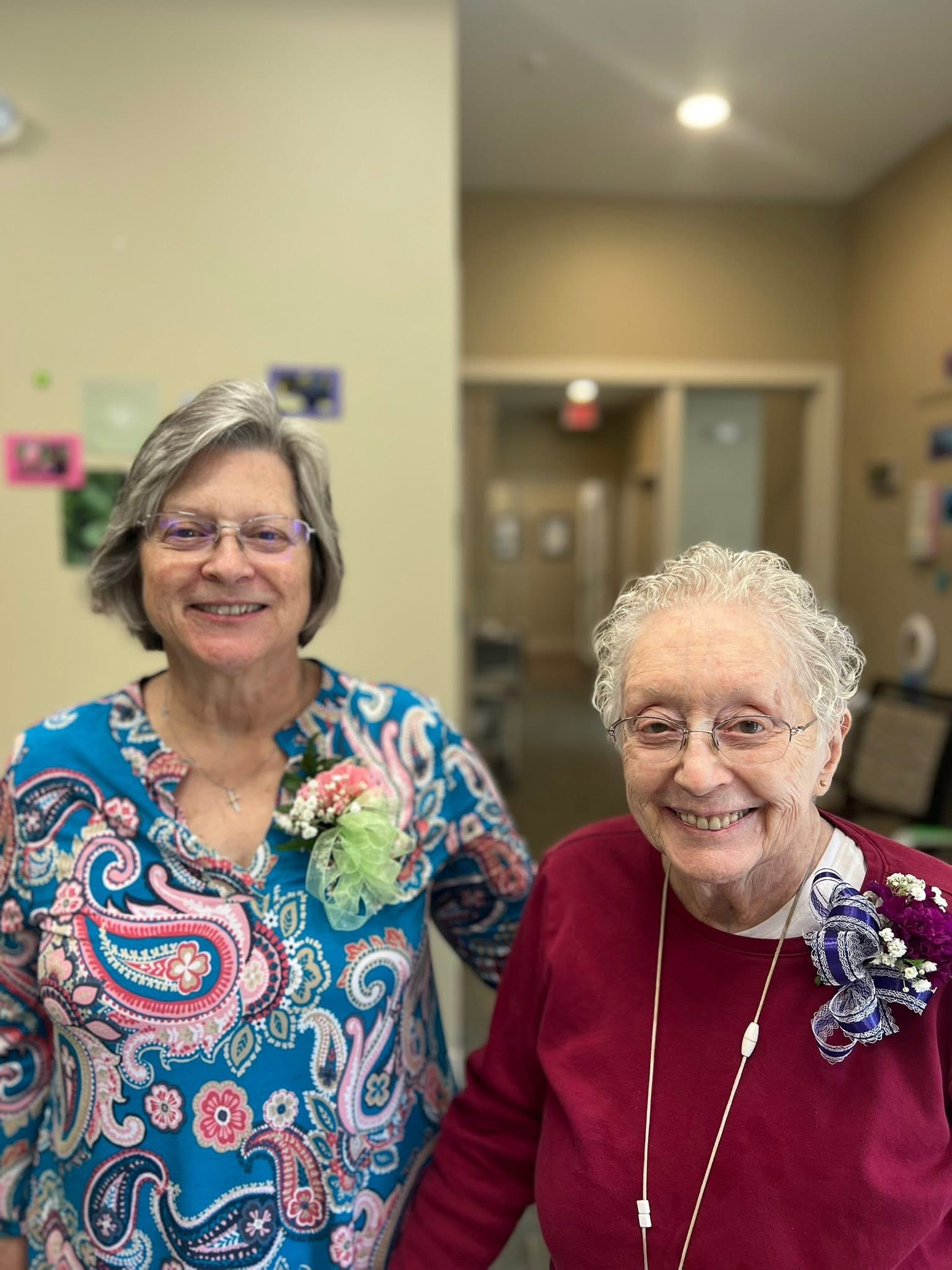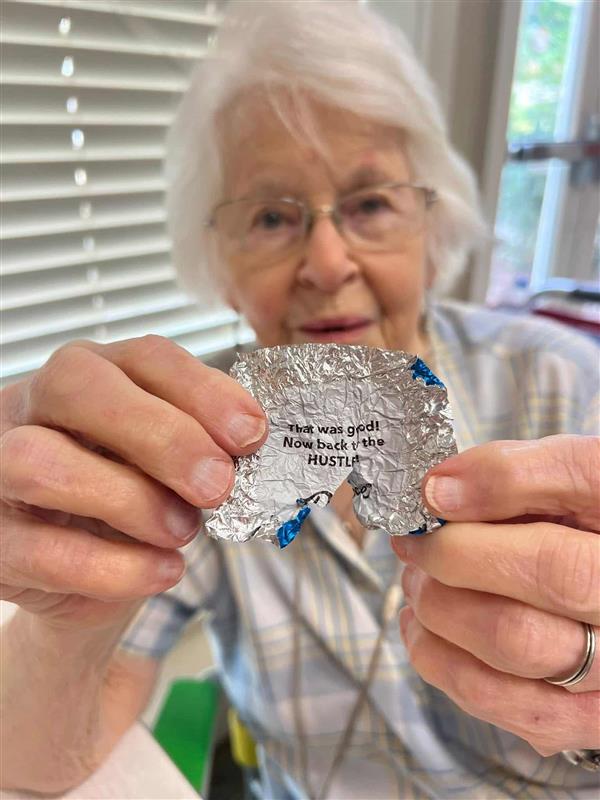Daily life in later years carries its own architecture, an intricate weave of moments designed to nourish mind, body, and spirit. Research in the Journal of Aging and Health (Vol. 32, 2020) shows that thoughtfully structured routines have a measurable impact on emotional stability and overall health. These are not arbitrary patterns but intentional designs that promote energy, clarity, and connection.
Daniel J. Levitin, in Successful Aging (2020), describes how predictable frameworks allow the brain to focus on what matters most. In practice, this translates into mornings that lift the mood, midday activities that spark interaction, and evening rituals that settle the body into restful balance.
Within a senior living community, each element of the day becomes part of a living blueprint. Activities, mealtimes, and personal interactions align to create an environment where well-being is not an afterthought but the very structure of the experience. Observing this rhythm is like reading the signature of a place: the flow of its energy, the relationships it fosters, and the consistency with which it nurtures those who call it home.

How Daily Rhythms Shape Emotional Wellness and Healthy Aging
Think of daily life as a finely tuned ecosystem
Every interaction, activity, and pause in the day creates a feedback loop in the brain and body. Neuroscientists have mapped how predictable patterns lower cortisol, stabilize mood, and improve sleep quality (Journal of Aging and Health, Vol. 32, 2020). In senior living communities, these rhythms aren’t accidental—they’re intentionally crafted to keep stress low and engagement high.
Sensory Anchor Points
- Morning Light ☀️ triggers serotonin release, sharpening focus and lifting mood for the rest of the day.
- Midday Movement 🏃♀️ boosts oxygen flow to the brain, improving memory retention and cognitive agility.
- Evening Wind-Down 🌙 lowers heart rate variability, signaling the nervous system to shift into restorative mode.
Micro-Patterns That Matter
- Consistent Meal Times ⏰ help regulate insulin and stabilize energy, preventing mid-afternoon crashes.
- Social Touchpoints 🤝 create oxytocin surges, which buffer emotional stress and reinforce trust networks.
- Cognitive Microbursts 🧩 (short, mentally stimulating tasks) sustain neuroplasticity without mental fatigue.
Integration for Healthy Aging
When these elements repeat with precision, they don’t feel mechanical—they feel reliable. And reliability is the scaffolding for emotional security, which research from Successful Aging by Daniel J. Levitin shows is directly tied to better immune function, higher life satisfaction, and slower cognitive decline.
In a community environment, these rhythms align across dozens of individuals, amplifying their effect. One resident’s laughter during a morning game triggers social engagement for another; a shared walk becomes a cardiovascular boost for multiple people at once.
Building Social Bonds and Physical Strength Through Community Life
Social Architecture That Builds Itself
In well-designed community life, social bonds are not left to chance. Shared dining tables, hobby clubs, and recurring gatherings act as “social anchors,” creating predictable points of contact. These repeated connections form trust networks that research in the American Journal of Public Health (2019) links to sharper cognition and reduced isolation in older adults.Movement as a Shared Language
When residents join a group yoga class, walk the garden path together, or dance during a live music session, the body and brain register far more than exercise. According to the Journal of Geriatric Physical Therapy (2021), group-based activity significantly improves balance and muscle strength, lowering fall risk by up to 30%. Add the laughter and encouragement exchanged in these sessions, and participation rates rise naturally.Multi-Layered Benefits in a Single Activity
A community garden day blends aerobic movement (digging, bending, carrying plants), fine motor engagement (planting seeds, arranging flowers), and sunlight exposure for vitamin D. The conversation that happens between tasks adds a cognitive and emotional boost, turning one simple activity into a complete wellness intervention.The Loop That Keeps on Giving
Social connection encourages physical activity, and physical activity energizes social connection. This loop creates momentum: the resident who feels known and valued is more likely to show up for morning fitness, and the resident who feels physically strong is more eager to join in social outings.Designing for Longevity
In thriving communities, these patterns aren’t accidental — they’re woven into the schedule with intention. The goal is not just to fill the day, but to layer physical, emotional, and cognitive benefits so they reinforce each other over time, creating a sustainable framework for independence and joy.
At The Goldton at Jones Farm, the synergy between social connection and physical vitality is built into the fabric of each day. Morning walks on our secure scenic trail spark conversation as much as they strengthen balance. Group classes, from gentle stretching to lively fitness sessions, create both muscle memory and shared memories. Communal dining and rooftop gatherings turn routine into ritual, fostering bonds that make every resident feel deeply connected. Here, every interaction and every movement is designed not only to support health, but to cultivate the joy and resilience that make life in our community truly thrive.


Transforming Everyday Habits into Long-Term Independence and Quality of Life
Think of everyday habits as the scaffolding for independence. They’re not just actions repeated over time — they’re micro-strategies that influence mobility, mental agility, and emotional balance. In a senior living environment, the power of these habits is amplified because they’re reinforced by community design, social networks, and structured support.
Micro-Habits as Longevity Tools
Small actions, when done daily, create disproportionate results over years.
Examples of micro-habits that scale into independence:
- Timed hydration: Drinking a glass of water every morning before breakfast supports joint lubrication and cognitive clarity.
- Posture check-ins: Aligning the spine three times a day reduces fall risk and improves lung capacity.
- Memory triggers: Pairing an activity with a verbal cue (“I’m taking my keys”) reinforces short-term memory.
Key Question to Ask: Which habits today would still serve me well in ten years?
Cognitive-Physical Pairing
Engaging mind and body at the same time strengthens neuroplasticity.
- Do word puzzles while on a stationary bike.
- Recite a poem while practicing balance on one foot (with safe support nearby).
- Play “name that song” while walking laps in the courtyard.
This dual-task training mirrors real-life situations, where physical and cognitive coordination are essential — think crossing a street while noticing traffic lights.
Key Question to Ask: Am I challenging my brain and body together at least once a day?
The Environment as Habit Amplifier
A community can either reinforce or erode healthy routines. Look for:
- Visual cues: Fitness areas visible from common paths.
- Accessible tools: Resistance bands or hand weights in recreation spaces.
- Habit triggers: Morning light in dining rooms that prompts early social interaction.
Tip: During a tour, note if the layout makes it easier to choose activity over inactivity.
Social Contracts for Success
Humans are more likely to maintain a habit when it’s shared.
- Join a breakfast group that meets at the same time daily.
- Commit to a weekly walking partner.
- Start a “habit circle” where residents report progress on personal goals.
This taps into accountability and collective motivation — both powerful drivers for sustaining long-term routines.
Key Question to Ask: Who in my circle could be my habit partner?
Building Resilience Through Routine
Repetition isn’t just about mastery; it’s about creating a safety net.
When daily activities are predictable, they require less mental bandwidth, leaving more capacity for problem-solving, creativity, and emotional connection.
Example Structure for Independence:
- Morning: Light stretching + hydration + protein breakfast.
- Midday: Social interaction + 20 minutes of moderate movement.
- Evening: Reflection (journaling or gratitude practice) + gentle physical activity like a short walk.
Practical Self-Audit for Everyday Habits
Ask yourself or a loved one these three questions every week:
- Did I move my body in at least three different ways this week? (strength, flexibility, endurance)
- Did I engage my brain in something unfamiliar?
- Did I share a meaningful interaction with someone each day?
Everyday habits shape the future you live in, and the best place to strengthen them is in an environment built for that purpose. At The Goldton at Jones Farm, our days are designed as living blueprints for independence — each walk along the scenic trail, each shared conversation at the rooftop terrace, each thoughtfully planned activity is a step toward resilience and joy. Come experience how our community turns the science of daily life into a lifestyle you’ll look forward to every single day. We invite you to visit, feel the rhythm for yourself, and see how it can become the foundation for your next chapter.
